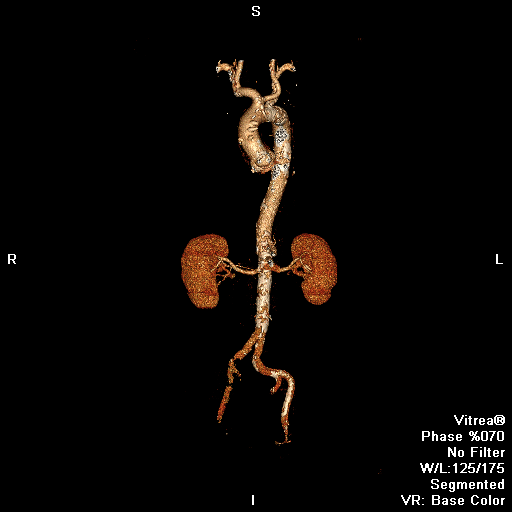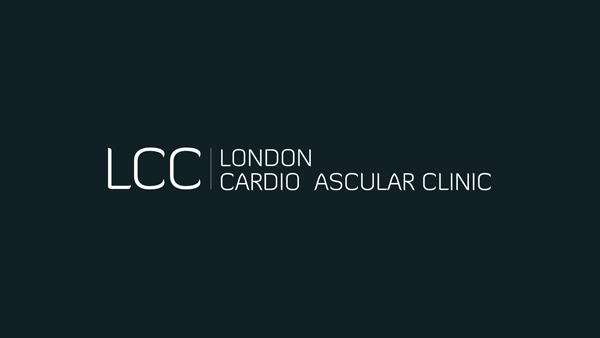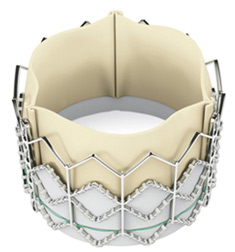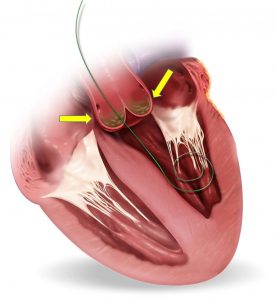If you’re a high-risk patient, you can now get private TAVI surgery to improve your aortic valve prognosis and start enjoying life again. You’ll learn what TAVI is, whether you need it, which tests you’ll need beforehand and what the procedure involves. With our patient-centred approach, you’ll get a quick treatment plan that works around you. Choose cardiologists who care and book your scan today.
What is TAVI surgery?
TAVI (Transcatheter Aortic Valve Implantation) is a type of minimally invasive keyhole surgery used to treat problems with your aortic valve – a heart valve that controls the blood flow from your heart to the rest of your body. If you suffer from Aortic Stenosis (AS) (also known as a narrowing of the aortic valve), you could be a prime candidate for TAVI. AS unfortunately can carry a bad prognosis, so it’s crucial you get it treated as quickly as possible to prevent the disease from progressing.
What’s wrong with open heart surgery?
Open heart surgery is the standard treatment for AS and is excellent if you are in otherwise good health. But if you’re very elderly or not in good health, open heart surgery can be dangerous, and conservative management of the disease may be recommended instead. Luckily, TAVI has now opened the door for high-risk AS patients to be treated.
The yellow arrows show the diseased aortic valve. You can see the Edwards Sapien Valve (one of the TAVI valves) below.
Do I need TAVI?
If you’re at higher risk for an open operation on your aortic valve, you may be suitable for private TAVI surgery. You’ll need extensive investigation and then assessment by a multidisciplinary panel of specialists to see if your heart and body will be suitable for the procedure. It is not the best treatment for EVERY case of aortic stenosis, but increasingly it is becoming the treatment of choice beyond the age of 70-75.
What tests will I need beforehand?
You’ll need:
- ECG
- Echocardiography
- Blood tests
- Lung function test
You’ll also be given a CT scan of the whole aorta to prepare for your TAVI procedure.

CT scan of the whole aorta to plan for a TAVI procedure.
Take a look at Dr Malik’s fascinating 4-minute talk on TAVI, AS and the 4 heart valves.
What does the TAVI procedure involve?
Several different approaches
- Via the leg – the transfemoral (at the top of the leg, in the groin) route – if your blood vessels are big enough. This is the easiest and best route which is usually done under local anaesthetic.
- Via the shoulder – axillary artery. This can also be done under local anaesthetic but is a bit more uncomfortable than the femoral artery.
- Transcaval – via a large vein. This route crosses from a vein to an artery deep in the abdomen. It is often done under local anaesthetic.
- Via the chest – trans-apical route, directly to the heart through a small cut on the chest. This is still quite invasive and is only used if there is no other route. This is done under general anaesthetic.
None are as invasive as open heart surgery.
Are there any risks of TAVI surgery?
Complications are possible, as only the higher-risk patients get this treatment. The most common reported are:
- Blood vessels: complications at the vascular access site (e.g. pain, bleeding, bruising, and blockage).
- Disruption of the normal electrical conduction system of the heart which may require treatment with a pacemaker.
- Aortic regurgitation (leaking around the new aortic valve that allows some blood to flow in the reverse direction).
- Stroke – debris can cause a stroke, but be assured Dr Malik is currently involved in researching how to reduce the risk further.
Despite the possible risks, TAVI has been shown to be a life-saving treatment with dramatic improvements in quality of life.
What will happen after the procedure?
You’ll need to spend some time in the hospital, but the length of time varies depending on how fit you are, the access route used and your need for any other rehabilitation. We may decide it’s best for you to spend the first day in the intensive care unit as a precaution, but generally, it ranges from going home the same day to 3-4 days.
Will you be able to walk straight after the procedure?
You’ll normally be able to walk at the end of the first day, and paracetamol should control the pain in the groin cuts – there are usually no sutures on the outside of the body to remove.
Is there any more advice you should follow?
You should take it easy for 1 week, and not do heavy exercise for 2 weeks. Please be aware that you are legally not allowed to drive for 4 weeks.
Book your consultation
Either give us a call, e-mail or fill out our simple contact form to arrange your consultation with London’s top cardiologist specialists.
Get seen quickly
As we’re a private clinic, your appointments work around you. You’ll soon have the answers you need so you start enjoying life again with a much better prognosis.
Pricing
Insurance
Private TAVI surgery is covered by most private medical insurance policies, but please contact your insurance company prior to your appointment to obtain your pre-authorisation code to speed things up.
Self-funding
Our price list is available on request and is on display in our waiting area. For an estimation of costs please get in touch.
Why choose London Cardiovascular Clinic?
- We offer a patient-centred approach, so you’ll feel looked after and have all your questions answered
- Choose from our flexible appointment times and get seen at your convenience
- Personalised treatment plans
- Get consultancy & treatment from London’s top cardiologists – each with their own special interests
- You’ll experience a much more welcoming and relaxing experience at our private clinic than you would elsewhere
- Video resources to help you further understand your condition and the procedures involved
To put your mind at ease, watch a video of Dr Malik doing a TAVI – he has been doing them a long time!






